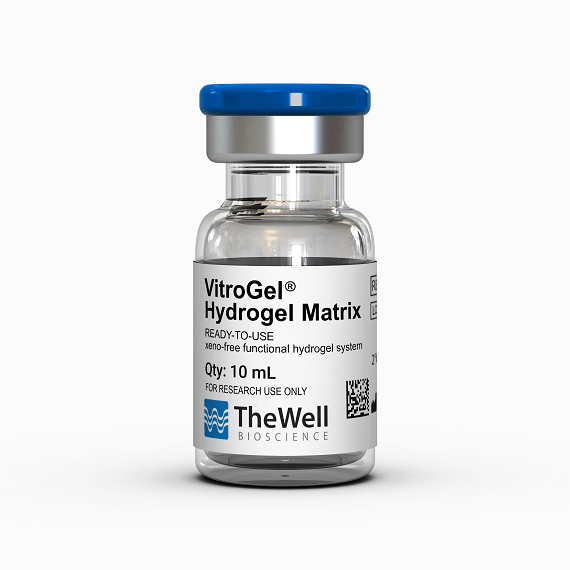Research Highlights
Fighting Pancreatic Cancer – Two Drugs are Better Than One

Institutions:
Sungkyunkwan University, South Korea and the University of Oxford
Team:
Hong, H., Barczak W., Park, S., Heo, J.S., Ooshima, A., Munro, S., Hong, C.P., Park, J., An, H., Park, J.O., Park, S.H., La Thangue, N.B., and Kim, S.-J.
Disease Model:
Pancreatic Cancer
Hydrogel:
VitroGel® Hydrogel Matrix
A combination therapy of two antitumor drugs shows unexpected synergistic benefits in treating pancreatic cancer in a mouse model.
Of all the cancers, pancreatic cancer is particularly lethal, having low survivorships and presenting challenges for accurate diagnosis. However, new anti-cancer therapies are becoming available and being applied to pancreatic tumors, including pancreatic ductal adenocarcinoma (PDAC) an especially debilitating form of the disease. In this paper, the authors explore combination therapy as a means to treat pancreatic cancer in a mouse model.
A collaborative effort between oncologists in South Korea and the United Kingdom tested the notion that a dual application of two anti-cancer cancer drugs simultaneously could be efficacious against pancreatic cancer. They aimed using one approach that inhibits TGF-β1 signaling and a second approach that targeted a newer phenotype, the overexpression of a particular protein. The first is a more well-understood mechanism; tumor growth factor beta-1 (TGF-β1) has long been known to help tumors grow, but it can be suppressed using the drug Vactosertib. The second is an exciting new angle. The gene for protein arginine methyltransferase 5 (PRMT5) appears to be overexpressed in pancreatic tumors specifically. Selective inhibition of this target with a drug called T1-44 has shown some preliminary efficacy.
To study whether a combination of Vactosertib and T1-44 can generate even more beneficial antitumor activity, the authors first assayed the latter drug in isolation when applied to both cultured mouse and human pancreatic cells in a subcutaneous mouse model. After the positive effect of T1-44 was documented––a slight diminution of tumor size––the authors turned to examining the synergistic effect of T1-44 with a PRMT5 inhibitor. Neither dug on its own improved the survival rates of mice with Panc02 cells growing in them, but a single dose of the drugs combined together significantly raised survival. For these assays, the Panc02 cells, a standard pancreatic cancer model, were xenografted into the mice via subcutaneous injection. Notably, the cells were mixed with TheWell Bioscience’s VitroGel® Hydrogel Matrix before injection to enhance the ease and efficiency of the xenografting procedure.
Not only did the combination therapy demonstrate lower tumor growth rates and higher survivability, but it also pointed the authors to a possible mechanism of tumor suppression. After the tumors were analyzed with RNA sequence analysis, which relays gene expression information, the authors noticed that one gene was demonstrably upregulated. That gene, Btg2, which produces a known tumor suppressor, was nearly 2-fold overexpressed in the combination treatment compared to either single drug treatment alone.
In summary, this report brought two important conclusions to light. The first is that a combination therapy, in this case, two anticancer drugs working somehow in concert, can produce far better results than a single drug alone. And second, is that there may be unexpected genetic regulatory effects that appear during such combination treatments that ultimately produce the desired result. Such events are extremely difficult to predict a priori, demonstrating the extreme value of such innovative experiments.


